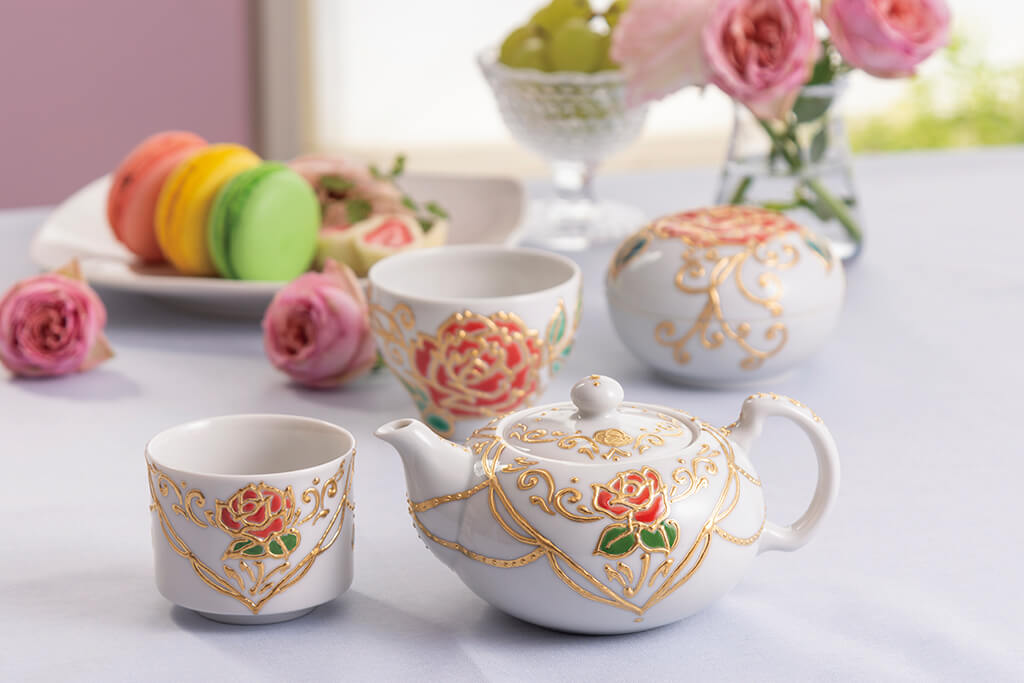1. The spirit of hospitality
Symbol of abundance: Pouring sake to overflowing represents the utmost hospitality to the customer. The glass is filled to overflowing, showing a generous welcome and gratitude to the customer.
Thoughtfulness beyond fullness: Overflowing sake conveys the thoughtfulness of wanting the customer to enjoy the drink to the fullest.
2. Good luck
Fruit and prosperity: Overflowing sake is a symbol of abundance and prosperity and is considered auspicious. It is especially done on festive occasions to pray for good luck and prosperity.
Unlimited happiness: Overflowing sake is also said to bring "unlimited happiness.
3. Tradition and Culture
Edo period customs: This is one of the customs that has continued since the Edo period, and the customs of sake shops and drinking establishments at that time have been passed down to the present day.
Bar culture: The culture of drinking sake developed in bars and izakayas, and has become established as etiquette and manners in these places.
4. Sharing and bonding
Sharing with friends: Sharing overflowing sake with everyone deepens bonds with friends and family. Sharing creates a sense of togetherness and solidarity.
Exchange cups: Pouring sake for each other and drinking the overflowing sake also has a ritual meaning of building trust and friendship.
⭐️Specific ways of practicing
Masu and ochoko: A common method is to place a choko in a wooden masu (masu) and pour sake until it overflows.The overflowing sake collects in the masu and is drunk at the end.
Glass:Nowadays, when sake is poured into a glass, it is sometimes poured until it overflows, so that the sake spills into the saucer.Even in this case, it is polite to drink the sake from the saucer last.For these reasons, the custom of pouring sake to the brim reflects a deep cultural background and spirit of hospitality, and is part of Japan's unique sake culture.



















